How deep fake technology might change the world (for the worse)
Posted by Josh Taylor / October 29, 2018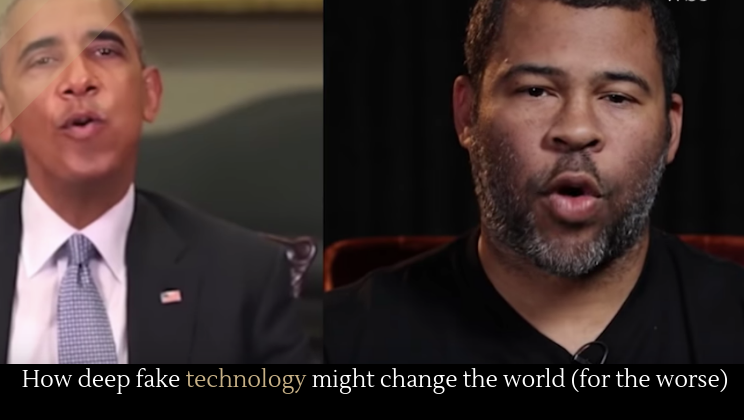
Deep fake technology sounds like something out of science fiction. Essentially, deep fake technology uses computer software to make one person look like another. By using the same kinds of digital effects moviemakers use, deep fakers are able to capture footage of an actor doing an impression of, say, Barack Obama, and then make it look as though Obama himself is saying the actor’s words. If that does not terrify you, think about it this way. Deep fake technology enables someone to make any person say or do anything on film. Before you watch the video, think about some of the implications of this technology.
Pornography.
Let’s get the most sensitive issue out of the way first. Deep fake technology is already in use in the pornography industry. There’s a website where users suggest the celebrities they would most like to see in a pornographic video, and the website makes it happen. Want to see Betty White having sex? With this technology, you can. Not really, of course, since it’s not actually Betty White on the screen. But you have to imagine Betty White wouldn’t like her image being used this way.
But you might argue, heck, she’s a celebrity so she kind of surrenders her right to privacy. Plus if it’s not really her body, who cares? If that’s your position, consider this hypothetical, but all too possible, scenario. Imagine you have a teenage child. Someone uses some footage from your teenager’s Facebook and Instagram feeds and, using deep fake technology, creates a pornographic video staring your kid. As you’ll see in the video, this kind of thing has already happened.
Politics
Before the 2016 election, audio came out of Donald Trump saying some terrible things about women. At the time he apologized, but now he says that the footage is––you guessed it––fake news. And the thing is, that’s a credible claim with this technology. Unscrupulous politicians (read: all of them) can easily turn to deep fake tech to make a video of their opponents doing anything––see above, for example––or saying anything. Even scarier, deep fake tech means that politicians can deny video evidence because, thanks to the technology, such evidence is inherently suspect.
War and terrorism
So-called “fake news” corrupted the last election. Imagine how much worse things would be with this technology. Footage of politicians saying or doing things––see above––could severely disrupt the most important part of any voting cycle: a well-informed electorate. But there are other implications of this technology. Here’s a worst case scenario:
A video is posted to YouTube of a Four Star General calling for a military coup. He explains that the presidential administration is planning to enforce martial law on the U.S. population due to terror threats. These threats, the general says, are imaginary and he has evidence to prove it. He calls on U.S. citizens to take up their arms and storm the local military and national guard bases. Other videos roll out of similar military leaders saying similar things. A video of the president gets posted, and in it he is saying exactly what the general said he would.
Learn more about deep fakes in this Wall Street Journal video:
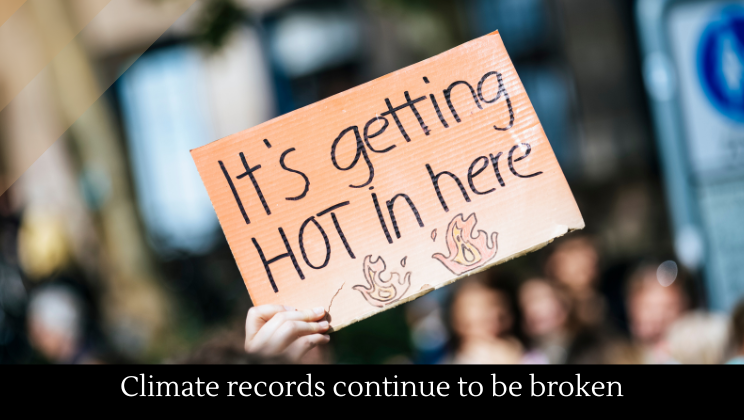
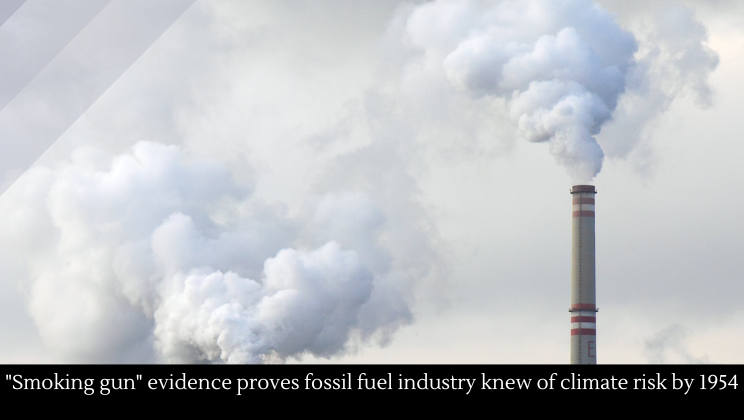

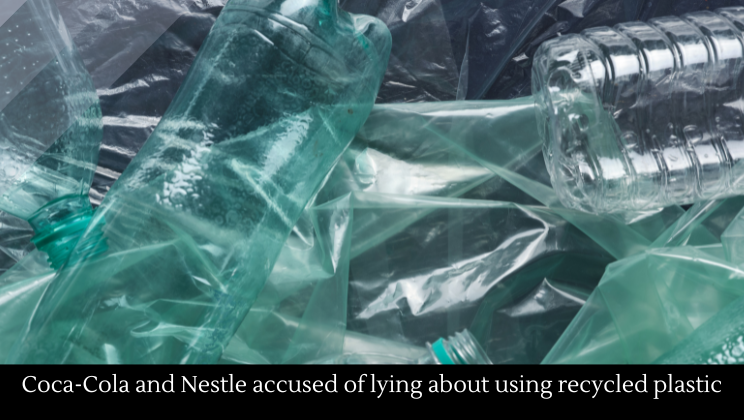
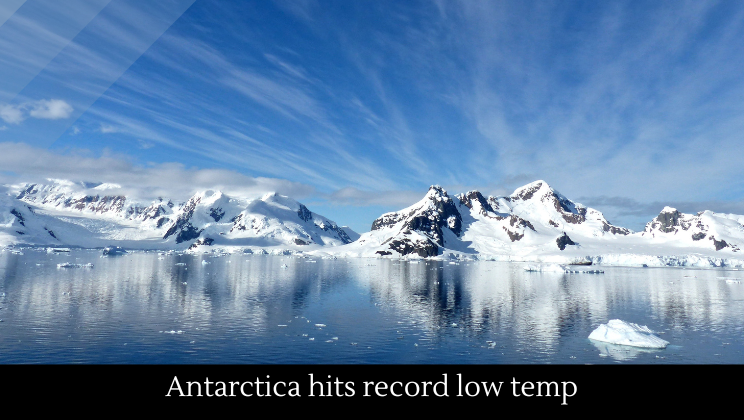

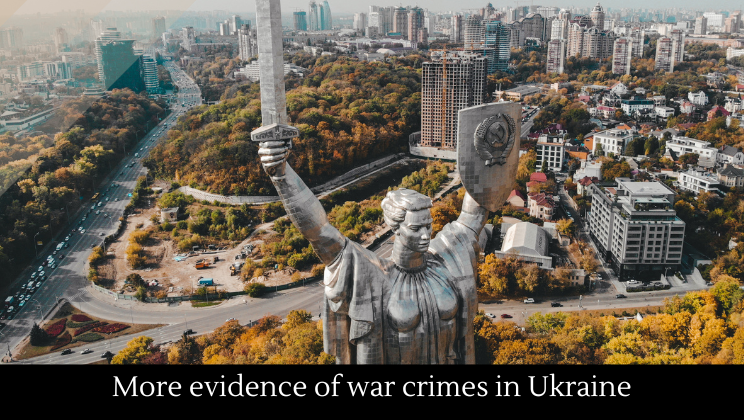

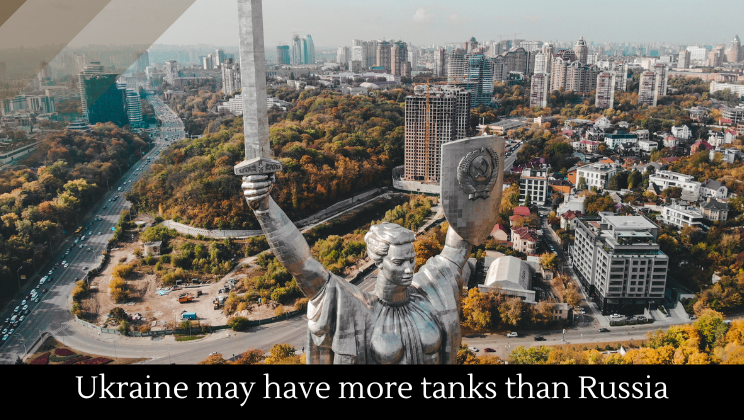

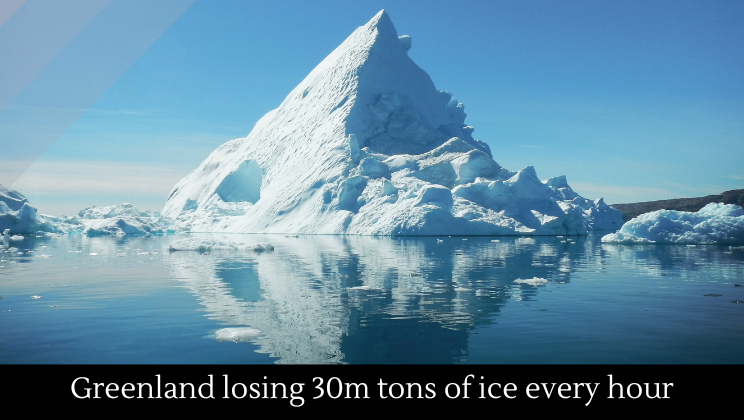
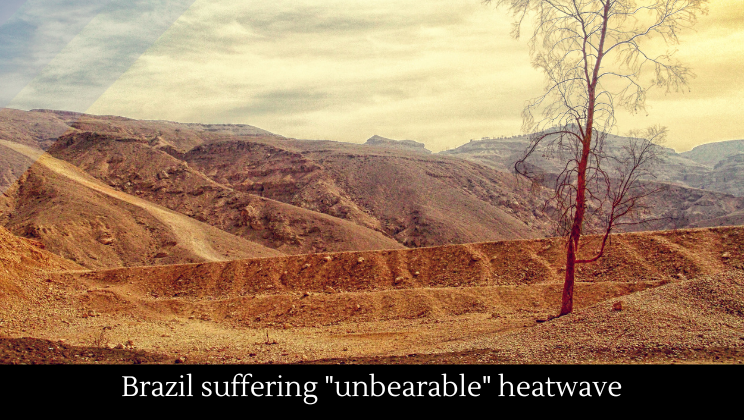
Comments are off for this post.